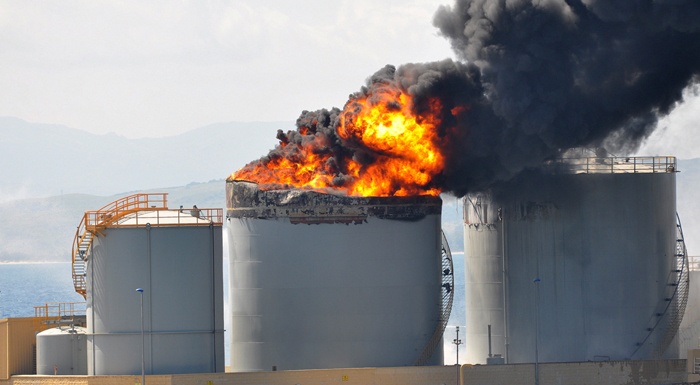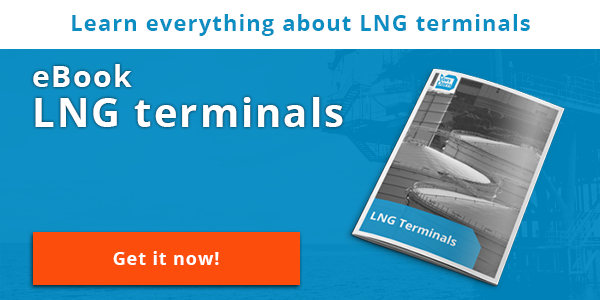
Liquefied natural gas (LNG) facilities are expected to provide a high level of safety to people and equipment. In order to do so, risk calculations and associated risk mitigation measures need to be addressed.
There are strict international regulations developed for every aspect of a LNG structure. The initial risk assessment starts at the design phase of every project where all hazards are carefully assessed. Fire or explosion hazards are two of the most considered factors that might occur. In terms of explosions, there are two main types that pose risks:
- Rapid Phase Transformation (RPT) cause by LNG spilled into water;
- Boiling Liquid Expanding Vapour Explosion (BLEVE) caused by pressurized tanks subjected to a fire.
In this blog I will describe the risk properties of LNG and solutions to minimize its explosion risks.
Explosion risk properties of LNG
One key aspect to consider when assessing explosion risks of LNG is that flammability occurs when gas volume concentrations are between 5% and 15% and when its mixed with air. So one has to keep in mind that there are several aspects to consider when assessing explosion risks of LNG.
In case of an LNG release into water, a rapid phase transformation (RPT) will occur causing a physical explosion or cold explosion. Such an explosion is likely to cause localized damage at the source. Therefore, a good design of the area where this risk is high is advisory.
When pressurized tanks are subjected to an ignition source, such as fire from the outside, a BLEVE might occur. Two types of safety measure can be taken to minimize the risk of a BLEVE. First, pressurized tanks have to be insulated in order to reduce the risk of escalation from impacting fire. Second, physical barriers need to be place between the area where the tanks are placed and the adjacent areas. This brings me to the solution for minimizing the risks of explosions in LNG structures.
In the picture below you see a visualization of a BLEVE explosion.

Solutions to minimize explosion risks of LNG
Compartmentalization is the key solution to minimize the risks of explosions in the LNG industry. Dividing areas into compartments, each with its own fire ratings, leads to a strategic and structural safety for people and equipment.
Fire and blast rated walls, doors and windows within the structure act as a physical barrier between areas of high risk, medium risk and low risk. Compartmentalizing does not only contain explosions, but also allow for safe evacuation of people, if necessary.
Conclusion
It is of great significance to thoroughly look at the explosion risk of LNG structures during the design phase in order to apply the necessary safety measures during the engineering phase. Compartmentalizing the whole structure with fire and blast rated walls, doors and windows, will provide the necessary solutions for each area of the structure.
Do you want to know more about explosions and how blast ratings can ensure safety on LNG terminals? Download our eBook.







